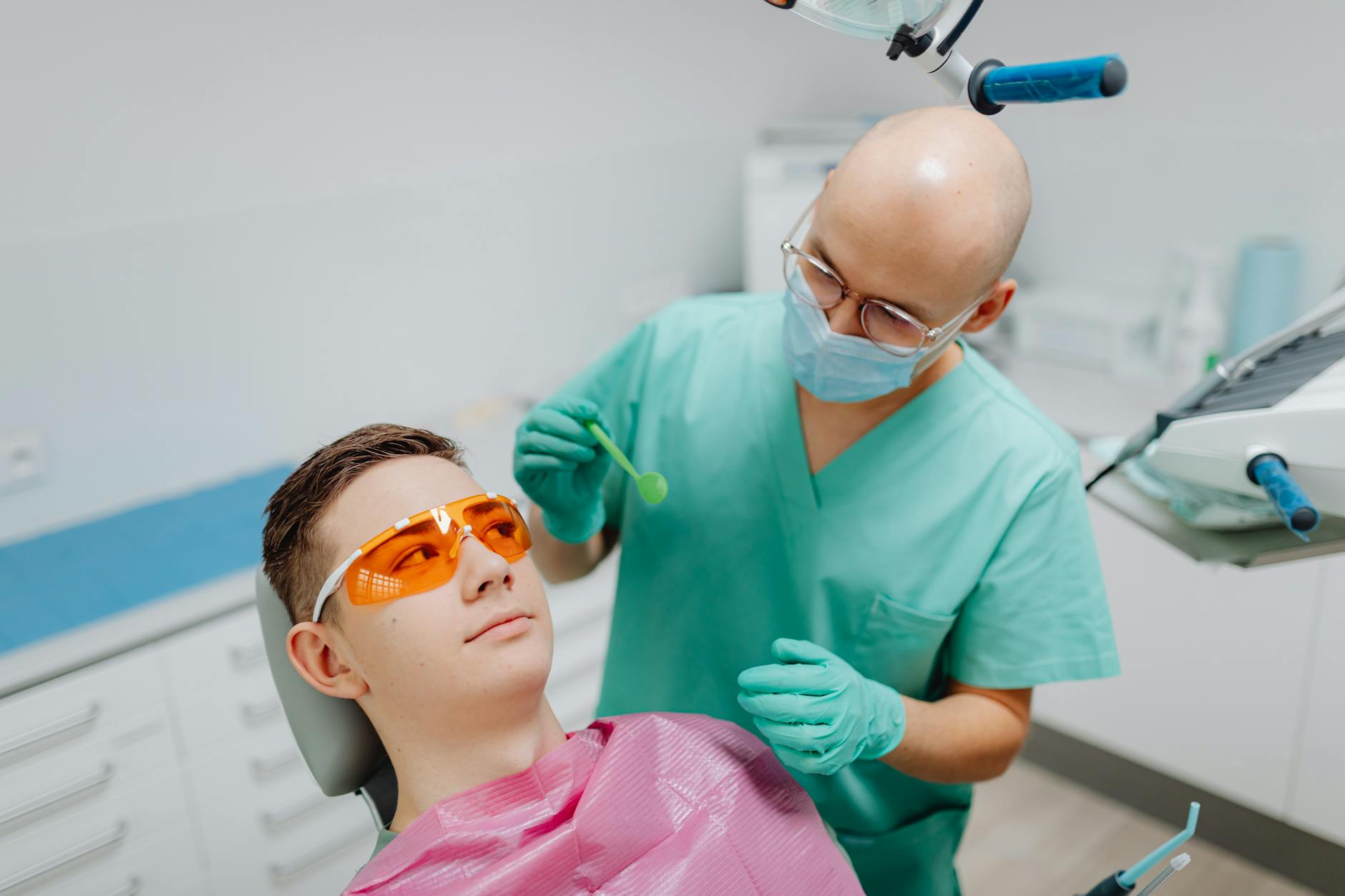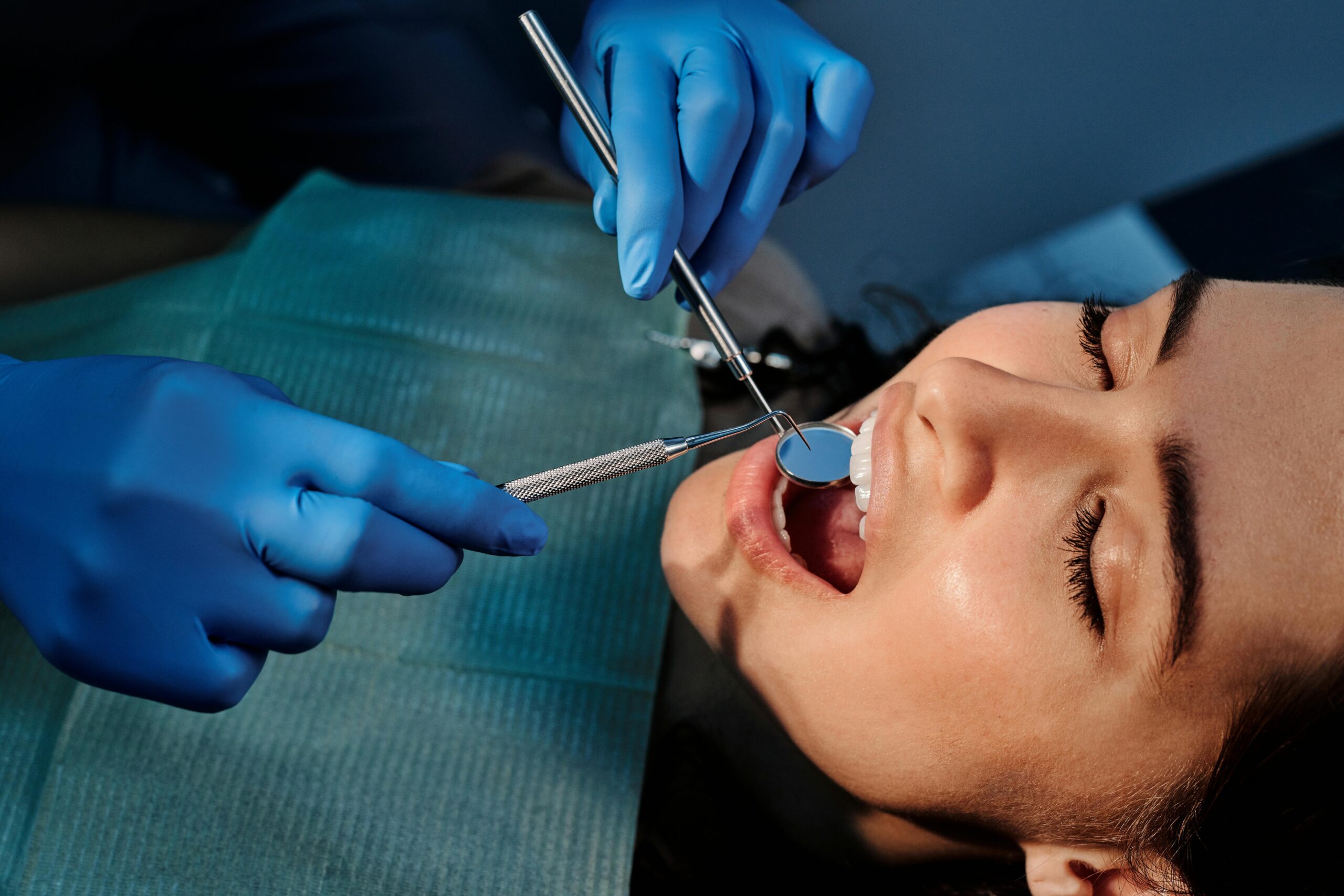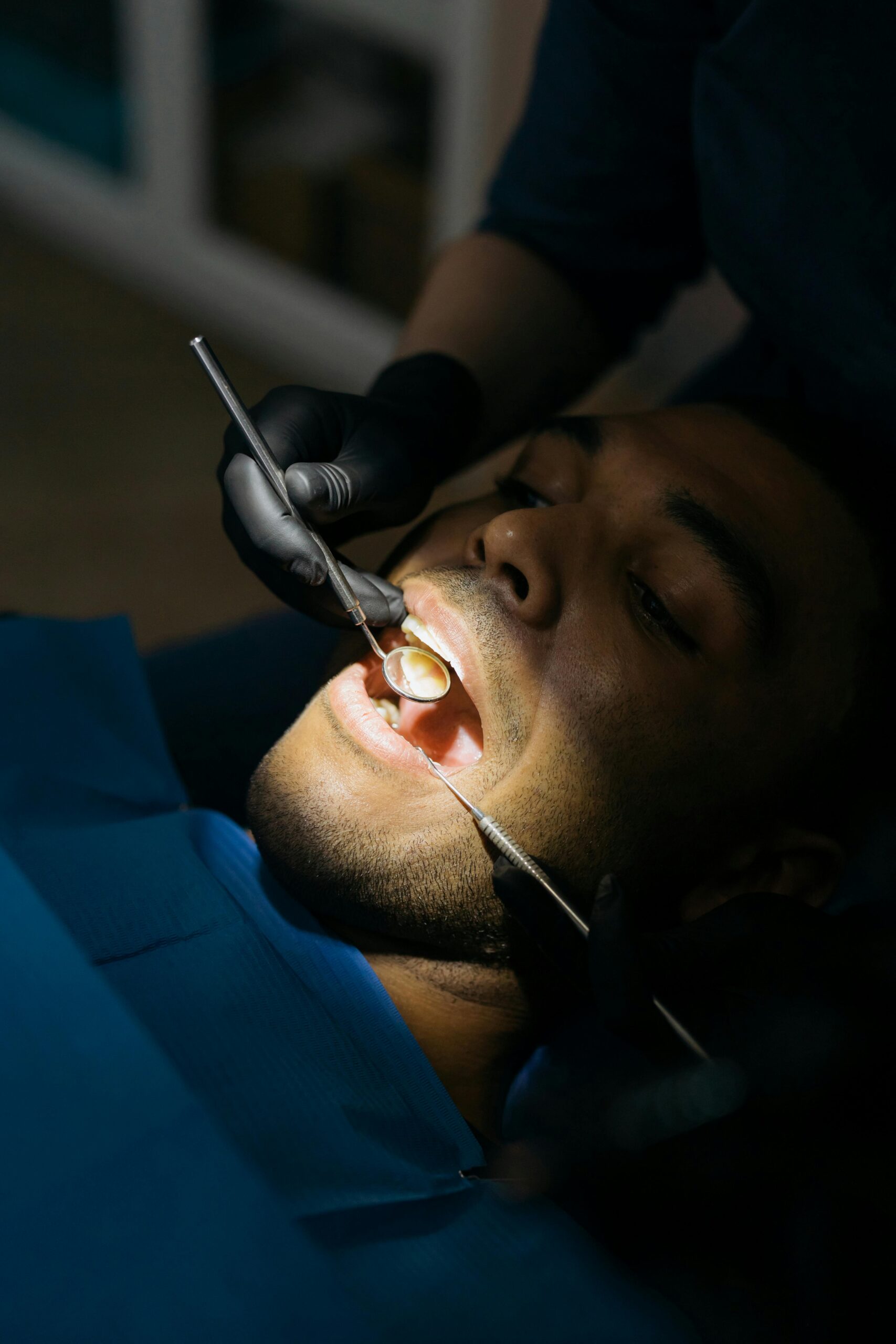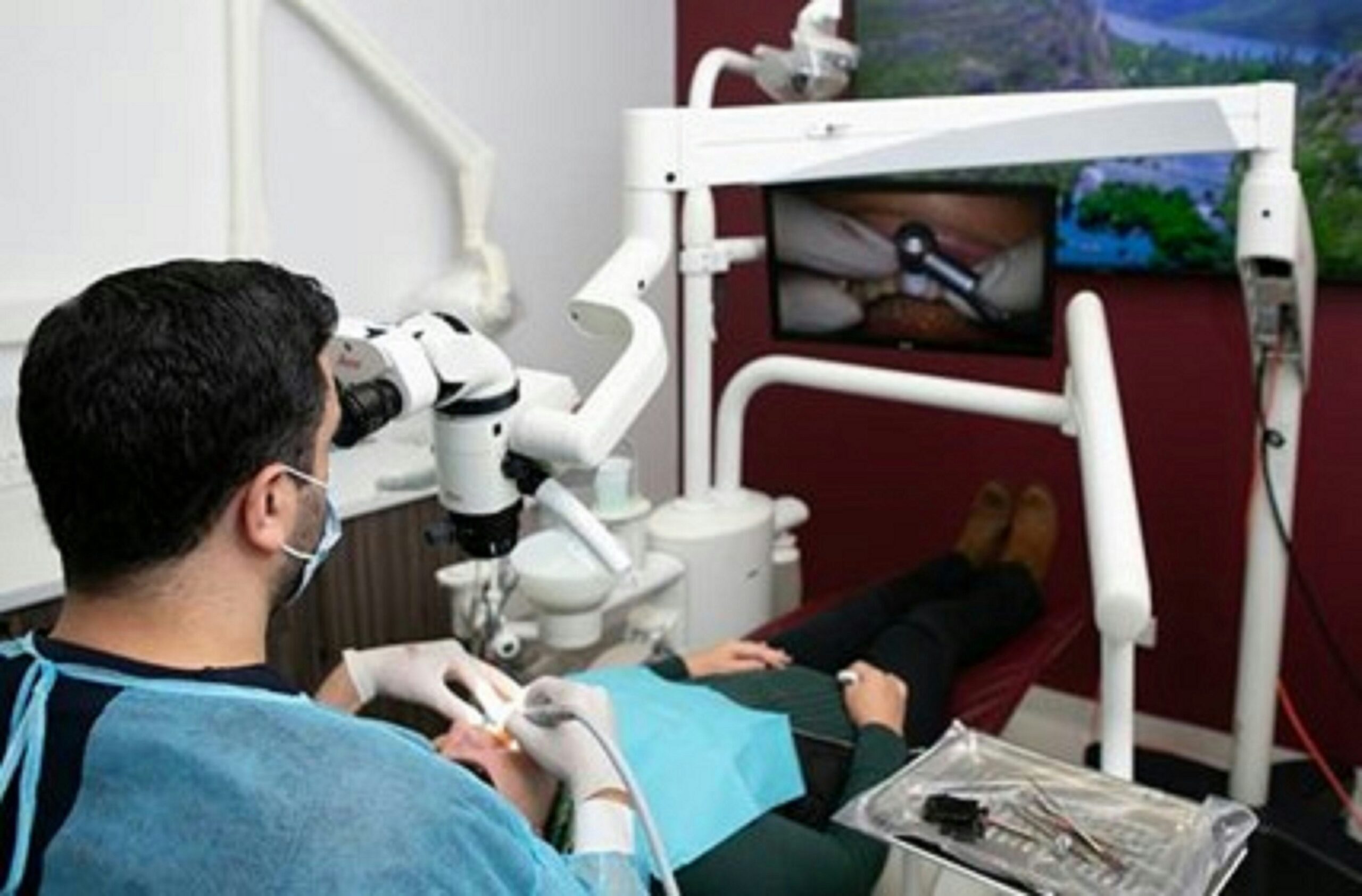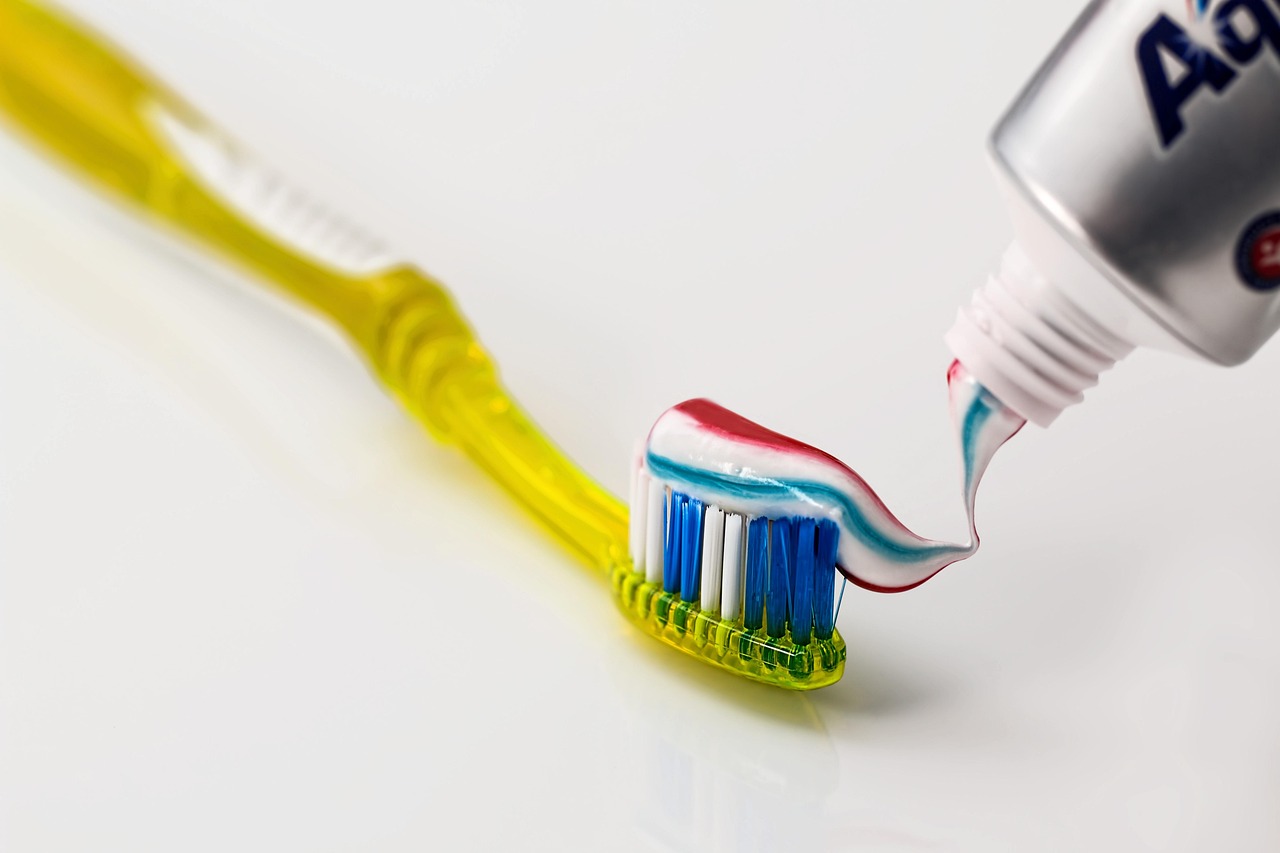Understanding Zygomatic Implants
Zygomatic implants are extra-long dental implants that anchor in the cheekbone (zygoma) instead of the thin upper jaw. Dentists consider them when the upper jaw has severe bone loss and cannot hold regular implants, or when bone grafting is not a good choice. Over two decades of data show they can support fixed teeth for selected patients when planned and placed well. [1]
How they work: the implant travels from the mouth, along the sinus wall, into the dense zygomatic bone. Safe placement depends on careful 3D imaging, knowledge of zygomatic (malar) anatomy, and a guided path that avoids vital structures. [2] For comfort and safety, these procedures are often done with deep sedation care by a trained team. The cheekbone offers firm support, which helps when the back upper jaw is too thin.
Common zygomatic implants indications include:
- Advanced upper jaw bone loss (severe maxillary atrophy) after years of tooth loss
- Repeated failure of sinus grafts or multiple upper jaw implants
- Defects after surgery, trauma, or infection where bone is missing
- A desire to avoid long grafting timelines due to health or time limits
- An unstable upper denture that cannot be made secure with regular implants
Planning starts with a cone beam CT scan and a careful review of your bite and sinuses. In full-arch cases, they may pair with full-arch implant dentures to restore chewing and speech with a single set of teeth. Possible risks include sinus irritation, temporary cheek numbness, and gum challenges around the long implant head; steady home care and regular cleanings help manage these.
If you are comparing options or timing, check our current hours.
Indications for Zygomatic Implants
Zygomatic implants are considered when the upper jaw does not have enough reliable bone for standard implants and long grafting plans are unlikely to meet a patient’s needs. They are most often used to support a full upper set of teeth, not to replace a single tooth. In simple terms, they anchor in the cheekbone to bypass weak or missing bone in the back of the upper jaw. When dentists discuss zygomatic implants indications, they are weighing anatomy, health, and treatment goals together.
Typical candidates have severe bone loss in the back of the upper jaw from long-term tooth loss or sinus expansion, especially when prior sinus grafts or multiple implants have failed. They may also be chosen when time, medical conditions, or radiation history make large grafts less predictable. In many plans, zygomatic implants are paired with a few conventional implants in the front of the maxilla to create a stable, full-arch foundation.
They can be particularly useful for patients with missing maxillary bone after tumor surgery or trauma, and for some people born with cleft-related defects, because the cheekbone can provide firm support where the upper jaw is thin or discontinuous. Contemporary reviews in cleft populations describe how indication criteria are applied to decide when the zygoma offers the best support for oral rehabilitation. [3]
Case selection also looks at what would argue against zygomatic placement. Active sinus disease, uncontrolled diabetes, heavy smoking, or poor daily oral hygiene can raise risks and may need to be addressed first. A cone beam CT and a careful sinus and bite evaluation guide the plan, and some patients prefer medication-assisted visits; for these cases, we can discuss options like gentle oral sedation for longer procedures.
Not everyone needs cheekbone anchorage. If there is enough native bone or if small, targeted grafts will likely succeed, conventional implants may be the simpler path. Others may choose a removable path that still improves chewing and stability with fewer implants, such as snap-in implant dentures for the upper arch. The best indication is the one that safely meets your health, anatomy, and timeline after a thorough exam and 3D imaging.
How Zygomatic Implants Work
Zygomatic implants are extra-long implants that anchor in the cheekbone (zygoma) to support teeth when the back upper jaw lacks reliable bone. The implant starts in the mouth, travels along the outer wall of the sinus, and locks into the dense zygomatic bone for firm support. In full-arch plans, they are usually splinted to front implants with a rigid bridge so chewing forces are shared.
The path is planned on a cone beam CT to avoid nerves and sinuses, then a controlled channel is prepared from the upper jaw toward the cheekbone. The implant engages thick cortical bone in the zygoma, while its head emerges in the premolar region to connect with the prosthetic bridge. When dentists review zygomatic implants indications and how they work, they look for a safe trajectory, adequate bone quality, and a design that allows the bridge to be attached securely the same day or after healing, depending on stability and the overall plan.
From a mechanics standpoint, the cheekbone provides a long, cortical “grip” that helps transfer bite forces away from thin posterior maxillary bone. Computer models and fatigue analyses suggest that splinting zygomatic and anterior implants with a rigid prosthesis can distribute stress more evenly across the arch, which supports function in severely resorbed jaws. These studies also highlight that angulation, implant length, and bridge stiffness influence how forces concentrate around the fixtures. [4]
Because the path runs beside or through the maxillary sinus, sinus health is part of the plan. Surgeons assess and treat active sinus issues before implant placement, and they select approaches (intrasinus or extrasinus) that fit the anatomy. Sinus-related complications, including sinusitis, are reported in the literature; adjunctive measures such as prophylactic meatal antrostomy have been studied, and a systematic review and meta-analysis examined their effect on sinusitis risk after zygomatic implant placement. [5]
After placement, gentle saltwater rinses, careful brushing around the bridge, and regular professional cleanings help the tissues stay healthy. Over time, your dentist will check the bite, screws, and hygiene access, and may take periodic X-rays to confirm bone support. If you notice persistent sinus pressure, nasal congestion, or gum soreness that does not improve, contact your dental team for evaluation.
Differences Between Traditional Implants
Traditional dental implants are placed in the jawbone of the upper or lower jaw and work best when there is enough healthy bone. Zygomatic implants are much longer and anchor in the cheekbone (zygoma) to bypass weak or missing bone in the back upper jaw. They are typically chosen for severe maxillary bone loss and are most often used to support a full upper bridge rather than a single tooth. Understanding zygomatic implants indications helps explain why they differ from regular implants in design, placement, and aftercare.
The main difference is where they anchor and the path they take. A standard implant sits vertically in the tooth-bearing ridge and often replaces one tooth or a short span with crowns and bridges. A zygomatic implant starts in the mouth, travels along the sinus wall, and locks into dense cheekbone for stability; its head usually emerges near the premolars to connect to a full-arch bridge. Because the prosthetic connection can be angled and higher on the palate side than a regular implant, the bridge design and hygiene access are planned carefully from the start.
Timing can differ, too. With traditional implants, if bone is thin, small grafts or sinus lifts may be added, often with months of healing before teeth are attached. Zygomatic implants are designed to avoid large grafts, which can shorten overall treatment time; in selected cases with strong stability and a rigid framework, a fixed provisional bridge may be attached shortly after surgery, while others heal before loading. Both approaches rely on 3D imaging, precise guides, and a team trained to protect the sinuses and soft tissues during placement.
Risks reflect the anatomy involved. Standard implants can have issues like local infection, loose screws, or, in the lower jaw, nerve-related symptoms. Zygomatic implants add sinus-related considerations (such as congestion or sinusitis), temporary cheek or gum numbness, and the need to keep the long abutment area especially clean. Whichever route is chosen, regular follow-up, careful brushing around the bridge, and professional maintenance help protect the implants and the surrounding tissues over time.
Full-Arch Treatment Planning
For a full upper bridge supported by zygomatic and anterior implants, planning starts with the teeth in mind. We decide where the teeth should sit for bite, speech, and lip support, then design the implants to fit that plan. Safety around the sinuses and nose, and how you will clean the bridge each day, are built into every step.
Records include a cone beam CT, photos, and digital impressions. A prosthetic “mock-up” shows the target tooth position and space for the bridge. Full-arch plans are prosthetically driven, and most use CBCT with surgical guides to transfer the plan to surgery. [6] Digital workflows—planning software, printed guides, and intraoral scanning—help align the surgical and prosthetic steps. [7] When needed, bone reduction is mapped so the bridge has room and the implant heads emerge where brushing and floss aids can reach.
Implant pattern is tailored to the bone. Many cases combine two zygomatic implants with two to four front implants to create cross-arch stability. Whether a provisional bridge is attached the same day depends on primary stability, splinting with a rigid framework, and the patient’s risk profile. Guided immediate conversion to a printed provisional has been described in full-arch workflows for selected candidates. [8]
Sinus health is checked and treated before surgery, and the path (intrasinus or extrasinus) is chosen to fit your anatomy. Chewing forces, cantilevers, and occlusion are balanced to protect the fixtures, and the plan includes access channels for hygiene, periodic screw checks, and scheduled maintenance. Clear zygomatic implants indications, sinus status, and your health goals guide whether this approach is preferred or if a different full-arch path is safer. If you ever notice ongoing sinus pressure, nasal congestion, or sore gums after treatment, let your team know so they can evaluate.
Factors Influencing Zygomatic Implant Use
Choosing zygomatic implants depends on your anatomy, health, and goals. The main questions are how much bone is left in the upper jaw, the condition of your sinuses, and whether bone grafting is likely to work for you. Your ability to keep the area clean, the plan for a full upper bridge, and how you feel about surgery and healing time also shape the decision.
Imaging and planning come first. A cone beam CT (3D scan) maps the cheekbone, sinus, and bite so the team can design a safe path for the implant and decide where the bridge should attach. Digital planning and guided techniques can improve accuracy when placing zygomatic implants, which helps protect vital structures and align the surgery with the prosthetic plan. [9]
Medical and lifestyle factors matter. Active sinus problems, uncontrolled diabetes, heavy smoking, or a history of head and neck radiation can raise risks and may need attention before surgery. Day‑to‑day oral hygiene, gum thickness, and tongue space affect how easy it will be to clean around the long implant heads and the bridge. The bite, smile line, and space for the prosthesis guide whether immediate attachment of a temporary bridge is reasonable or if healing first is safer. Studies in patients with very thin upper jaws report favorable long‑term implant survival and patient‑reported outcomes when cases are carefully selected and restored as a full arch. [10]
Risk and benefit are weighed together. When dentists consider zygomatic implants indications, they look at the pattern of bone loss, the need to avoid large grafts, and the chance to stabilize a loose denture with a fixed bridge. They also review your overall health, sinus status, and the team’s ability to deliver a cleanable, durable prosthesis. Retrospective data suggest that several clinical and prosthetic variables are linked with implant and prosthesis survival in zygomatic full‑arch care, underscoring the importance of careful planning and follow‑up. [11]
Patient Selection Criteria
Patients are considered for zygomatic implants when the upper jaw has severe bone loss and standard implants or large grafts are unlikely to meet health or timing needs. The best candidates can keep the area clean daily, have sinuses that are healthy or well treated, and are aiming for a full‑arch solution rather than a single tooth. A cone beam CT (3D scan) and a detailed exam of the bite, gums, and sinuses anchor the decision. In short, the plan should be safe, cleanable, and aligned with your goals.
From an anatomy standpoint, there should be enough cheekbone (zygoma) to anchor the implant, with a path that avoids vital structures. The upper ridge should allow the implant heads to emerge where a bridge can attach and be cleaned. Your dentist will evaluate sinus size and health, the thickness of gums, tongue space, and how the teeth will meet to share chewing forces.
Medical factors matter. Active sinus infection, uncontrolled diabetes, heavy smoking, or poor daily oral hygiene can increase risk and are usually addressed before treatment. A history of high‑dose head and neck radiation or certain bone‑affecting medications may change the plan or require coordination with your physician. Age by itself is rarely a barrier if healing and hygiene are good.
Treatment goals also guide selection. Zygomatic implants are most often used to support a fixed full upper bridge, sometimes combined with front implants for cross‑arch stability. They are rarely chosen to replace a single tooth. If you have enough native bone for standard implants or would likely benefit from small, well‑placed grafts, those options may be simpler. If you prefer a removable approach, implant‑assisted dentures can improve stability with fewer fixtures.
Process readiness is part of the criteria. Candidates should be comfortable with 3D imaging, guided surgery, and the follow‑up needed to maintain the bridge. Some plans attach a provisional bridge soon after surgery if stability is high; others allow time for healing first. When dentists discuss zygomatic implants indications, they weigh anatomy, sinus status, health conditions, hygiene ability, and your timeline together to choose the safest, most predictable path.
Benefits of Zygomatic Implants
Zygomatic implants let many people with severe upper jaw bone loss receive fixed teeth without large bone grafts. Because they anchor in the dense cheekbone, they can provide strong support when the back upper jaw is too thin. For selected full‑arch cases, this approach may shorten overall treatment time compared with staged grafting, while aiming to restore chewing and speech reliably.
Function and comfort are central benefits. After full‑mouth implant reconstruction in highly atrophied jaws, patients commonly report better chewing, less denture movement, and improved oral health–related quality of life, reflecting the stability that a fixed bridge can provide. These gains depend on careful planning and follow‑up to keep tissues healthy. [12]
Zygomatic anchorage can also reduce the number and size of grafting surgeries by bypassing weak posterior maxillary bone. In carefully selected cases with strong primary stability and a rigid framework, a fixed provisional bridge may be attached soon after surgery, which helps patients return to eating soft foods and speaking with a single, stable set of teeth sooner than traditional staged approaches. [13]
Planning tools add to the safety and predictability of these benefits. Computer‑aided navigation and dynamic guidance for zygomatic implant placement have been systematically reviewed and can improve placement accuracy, which supports prosthetic fit and helps protect nearby structures during surgery. When accuracy is higher, the restorative team can better align implant position with the planned bridge for hygiene access and long‑term maintenance. [14]
Day to day, patients often appreciate a fixed upper bridge that does not rock, rub sore spots, or rely on adhesive. The design spreads chewing forces across the arch, helping stability in very thin upper jaws when splinted to front implants. As with any implant solution, the long‑term benefit rests on good home care, scheduled cleanings, and periodic checks of screws, bite, and sinus health. In short, the real‑world value comes from matching anatomy and goals—zygomatic implants indications focus on when cheekbone anchorage safely delivers a cleanable, durable full‑arch result.
Potential Risks and Complications
Like any surgery, zygomatic implants carry risks. Most problems are temporary and improve with care, but some can involve the sinuses, gums, nerves, or the bridge that attaches to the implants. Knowing these possibilities helps you and your team plan safely and act early if something feels off.
Right after surgery, swelling, bruising, soreness, and minor bleeding are common. Because the path runs beside the maxillary sinus, you may notice sinus pressure, a stuffy nose, or a brief nosebleed. Temporary numbness or tingling of the cheek, upper lip, or gums can occur as nearby nerves are irritated; this usually fades over weeks. Less often, early infection, significant sinus inflammation, or a communication between mouth and sinus can develop and may require medication or additional care.
Long‑term issues are usually mechanical or hygiene‑related. The gum around the tall implant head can be harder to keep clean, leading to mucositis (tender, bleeding gums) or, if neglected, peri‑implantitis (deeper infection and bone loss). Sinusitis can appear months or years later as one‑sided congestion, facial pressure, or drainage. On the prosthetic side, screws can loosen, acrylic or teeth on the bridge can fracture, or the bite can shift; these are typically repairable during maintenance visits. True implant failure is uncommon but possible.
Your health and anatomy influence risk. Active sinus disease, heavy smoking, uncontrolled diabetes, and poor daily oral hygiene increase complications and are addressed before surgery. Careful 3D imaging, a guided surgical path, and choosing an approach that fits your sinus shape help protect vital structures. After surgery, follow the team’s instructions for nasal and mouth care, eat a soft diet as advised, and keep a consistent cleaning routine around the bridge. Regular checkups let the team clean areas you cannot reach, verify screw tightness, and monitor sinus health.
Call your dental team promptly for fever, worsening facial pain, persistent one‑sided nasal blockage or foul taste, nosebleeds that do not stop with gentle pressure, new vision changes, or numbness that gets worse. Understanding zygomatic implants indications and your personal plan helps set realistic expectations about benefits and risks, so problems are less likely—and easier to manage if they arise.
Post-Procedure Care and Expectations
After zygomatic implant surgery, expect swelling, bruising, and soreness that peak around days 2–3 and then fade over a week or two. Mild sinus pressure, a stuffy nose, or a small nosebleed can happen because the implants pass near the sinus. Most people follow a soft diet at first and gradually return to normal foods as comfort allows. Your team will schedule checkups to review healing, hygiene, and the fit of your bridge.
For the first few days, rest with your head raised and use cold compresses on and off to reduce swelling; switch to gentle warmth after the third day if it feels good. Avoid blowing your nose and try to sneeze with your mouth open for at least two weeks to protect the sinus area. A soft diet helps comfort and healing; think tender, non‑crunchy foods you can chew on both sides without strain. Many people can return to non‑strenuous work in several days, but exercise and heavy lifting usually wait until swelling and tenderness settle.
Oral care starts gently. The day after surgery, begin saltwater rinses or any rinse your dentist prescribed, and keep them light at first. You can usually brush the teeth and bridge away from the incisions right away with a soft brush; clean near the surgical areas once they are comfortable to touch. Over time, you will learn how to sweep under the bridge with special brushes or floss aids and, if recommended, a water flosser. Keeping the long implant heads and the bridge margins clean is key to avoiding gum soreness and deeper infection.
Sinus‑related symptoms should steadily improve. Contact your team if you have worsening one‑sided nasal blockage, facial pain, fever, or a bad taste that does not clear. Also call for heavy bleeding, vision changes, or numbness that gets worse. Most mechanical issues are simple to fix at visits, such as tightening a screw or smoothing a rough spot on the temporary bridge.
In the months ahead, expect planned checks for bite balance, screw security, and access for cleaning, plus occasional X‑rays to review bone support. The same careful thinking used for zygomatic implants indications continues after surgery: protect the sinuses, keep the gums healthy, and maintain a cleanable, stable bridge. Good daily care and regular maintenance visits are what keep the result comfortable and durable.
Follow-Up Care for Zygomatic Implants
Follow-up care focuses on keeping the gums healthy, the sinuses calm, and the bridge secure. Expect early checkups to review healing, then regular maintenance visits for professional cleanings, screw checks, and occasional X‑rays to confirm support. Your team also watches for sinus symptoms and adjusts the bite so chewing forces stay balanced. Consensus guidance emphasizes structured maintenance because it helps catch small issues before they become bigger problems. [15]
Visit rhythm usually starts with early reviews in the first weeks, then moves to routine maintenance every few months. At these visits, the bridge is inspected, the implant connections are checked, and any tender or hard‑to‑clean areas are treated. Depending on the design, the bridge may be removed from time to time for deep cleaning and inspection, then resecured. Radiographs are taken periodically to assess bone levels and the pathway near the sinus. [15]
Daily home care keeps tissues calm around the tall implant heads. Use a soft brush on the gums and bridge margins, plus small angled brushes or floss aids to sweep under the bridge; a water flosser can help rinse debris. Aim for gentle, thorough cleaning rather than pressure scrubbing. If you notice persistent bleeding when brushing, gum soreness that doesn’t improve, or trapped food you cannot dislodge, schedule a check.
Know the red flags and call promptly if they appear. One‑sided nasal congestion, facial pressure, foul taste, or drainage can suggest sinusitis; early care makes a difference. Gum tenderness with bleeding (mucositis) is common and usually reversible; deeper infection with bone loss (peri‑implantitis) needs professional treatment. On the prosthetic side, screw loosening or small fractures in the bridge materials are maintenance issues your team can typically correct at a visit. [16]
Long‑term success comes from teamwork: your daily cleaning, regular professional maintenance, and swift attention to changes. While zygomatic implants indications help decide who should receive cheekbone‑anchored implants, it is the steady follow‑up—cleaning access, bite balance, verified screw security, and sinus monitoring—that keeps the reconstruction comfortable and durable over time. [15]
References
- [1] 20 Years of Clinical Evolution in Zygomatic Implant Rehabilitation: Long-Term Outcomes and Current States. (2025) — PubMed:39244495 / DOI: 10.1016/j.coms.2024.08.006
- [2] Anatomical Measurements of the Malar Bone for Safe Zygomatic Implant Placement: A Study on Donated Bodies. (2024) — PubMed:39597942 / DOI: 10.3390/jcm13226798
- [3] Zygomatic Implant Rehabilitation in Patients With Cleft Lip and Palate: A Narrative Review of Clinical Outcomes and Indication Criteria Validation. (2025) — PubMed:39936358 / DOI: 10.1177/10556656251318854
- [4] Biomechanical assessment of zygomatic implants in clinical rehabilitation scenarios: A finite element and fatigue analysis. (2025) — PubMed:40210548 / DOI: 10.1016/j.dental.2025.03.006
- [5] The prophylactic meatal antrostomy and risk of sinusitis among patients receiving zygomatic implants: A systematic review and meta-analysis. (2025) — PubMed:40578689 / DOI: 10.1016/j.jormas.2025.102443
- [6] Current Considerations for Full-Arch Fixed Rehabilitations: A Narrative Review. (2025) — PubMed:40900556 / DOI: 10.11607/ijp.9389
- [7] Digital Technologies in Implantology: A Narrative Review. (2025) — PubMed:41007178 / DOI: 10.3390/bioengineering12090927
- [8] A Step-by-Step Description of Immediate Loading Provisionalization Following Computer-Guided Surgery and Provisional Printed Prosthesis Placement: A Case Report. (2025) — PubMed:40978904 / DOI: 10.7759/cureus.90575
- [9] Accuracy of digital planning in zygomatic implants. (2021) — PubMed:34291352 / DOI: 10.1186/s40729-021-00350-x
- [10] Evaluation of the Long-Term Success and Patient-Related Outcomes of Zygomatic Implants in Atrophic Maxillary Ridges. (2024) — PubMed:39130852 / DOI: 10.7759/cureus.64280
- [11] Factors influencing implant and prosthesis survival in zygomatic implant-supported fixed rehabilitation: a retrospective study. (2021) — PubMed:34146176 / DOI: 10.1007/s10266-021-00621-4
- [12] Impact of Full-Mouth Implant Reconstruction on Oral Health-Related Quality of Life of Patients with Highly Atrophied Jaw Bone. (2025) — PubMed:40655855 / DOI: 10.4103/jpbs.jpbs_284_25
- [13] Utilization of a Subsequent Guide for Pterygomaxillary and Zygomatic Implants in the Immediate Restoration of a Severely Atrophic Maxilla. (2025) — PubMed:40549511 / DOI: 10.1097/SCS.0000000000011588
- [14] Dynamic Computer-Aided Surgery for Zygomatic Implant Placement: A Systematic Review. (2025) — PubMed:40655835 / DOI: 10.4103/jpbs.jpbs_1640_24
- [15] ITI consensus report on zygomatic implants: indications, evaluation of surgical techniques and long-term treatment outcomes. (2023) — PubMed:37698775 / DOI: 10.1186/s40729-023-00489-9
- [16] Analysis of Long-Term Success and Biological Complications in Zygomatic Implant-Supported Prostheses. (2024) — PubMed:39346204 / DOI: 10.4103/jpbs.jpbs_308_24
Frequently Asked Questions
Here are quick answers to common questions people have about Zygomatic Implants: When and Why in Glendale, AZ.
- What are zygomatic implants?
Zygomatic implants are long dental implants anchored in the cheekbone, or zygoma, instead of the upper jaw. They are used when the upper jaw has significant bone loss and cannot hold standard implants. By anchoring in the zygoma, these implants bypass weak or missing bone to support a full set of upper teeth. This approach is useful when bone grafting is not a suitable option, offering stable support for dental restorations without lengthy grafting procedures.
- Who would benefit most from zygomatic implants?
Patients with severe bone loss in the upper jaw are ideal candidates for zygomatic implants, especially if they experience repeated failures with conventional implants or sinus grafts. These implants are also beneficial for individuals with defects due to surgery, trauma, or infections. Patients looking to avoid long grafting procedures due to health or time constraints may find them valuable. A detailed examination and imaging are necessary to determine if zygomatic implants are the right choice.
- How do zygomatic implants differ from traditional implants?
The primary difference is in placement. Traditional implants are anchored in the jawbone, whereas zygomatic implants secure into the cheekbone. Zygomatic implants bypass thin or compromised bone in the upper jaw, providing firm anchorage for dental restorations needing a full upper set of teeth, rather than just a single tooth. This makes them suitable for patients with significant maxillary bone loss. They are longer and typically engage the cheekbone’s dense cortical bone for better support.
- What are the potential risks associated with zygomatic implants?
Risks include sinus irritation, temporary numbness in the cheeks, and challenges with gum health around the implant head. Infection and sinus complications can also occur, such as sinusitis or sinus pressure. Ensuring careful planning with 3D imaging and regular follow-up care helps manage these risks. Daily oral hygiene and professional maintenance are crucial for preventing complications and ensuring the long-term success of zygomatic implants.
- What post-procedure care is essential after receiving zygomatic implants?
After the procedure, patients should follow a soft diet and rest with their head elevated to reduce swelling. Avoid blowing the nose and sneeze with the mouth open for two weeks to protect the sinuses. Gentle saltwater rinses and soft brushing help keep the surgical areas clean. Regular professional cleanings and monitoring are crucial to maintaining implant health and ensuring stability. Patients should report any persistent sinus issues, unusual pain, or infection signs to their dental team promptly.

